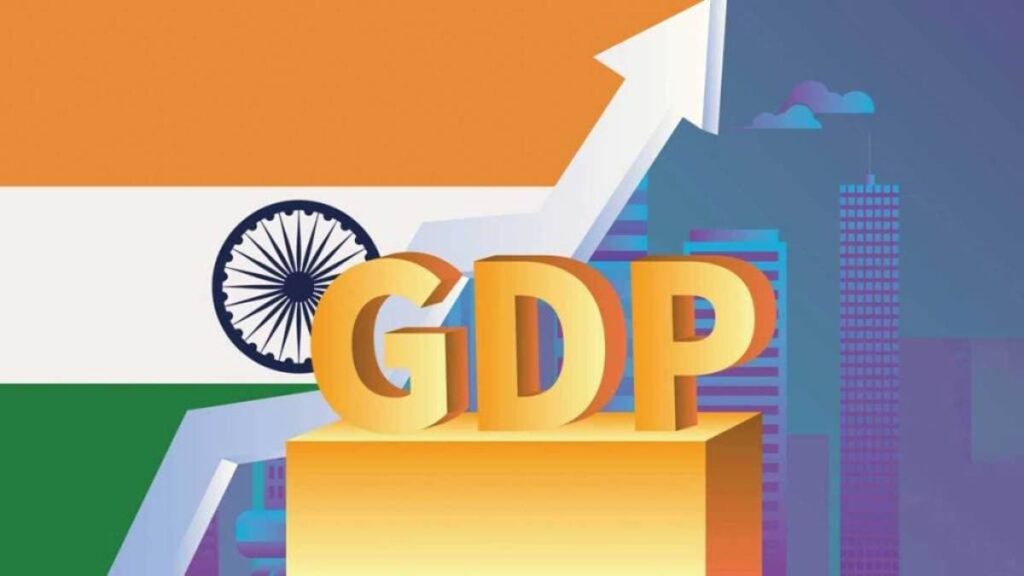NEW DELHI: India’s Gross Domestic Product (GDP) has doubled over the last ten years from $2.1 trillion in 2015 to $4.3 trillion in 2025, reporting a growth of 105 per cent, according to the latest data released by the International Monetary Fund (IMF). The growth has positioned India as the fifth-largest economy in the world, behind the US, China, Germany and Japan.
Per the IMF data, India is on track to surpass Japan by the third quarter of FY25 and could be just behind the US and China by 2027. Japan’s GDP currently stands at $4.4 trillion. If India’s current growth rate continues, it is expected to surpass Germany, the world’s third-largest economy, by the second quarter of 2027. At present, Germany’s GDP is $4.9 trillion.
It is worth noting here that as of March 2025, US’s national debt stood at $36.22 trillion, while China’s national debt as of September 2024 came in at $2.52 trillion. In comparison, India’s overall debt as of September 2024 stood at $712 billion.
Earlier, Commerce and Industry Minister Piyush Goyal had called India’s 10-year economic performance ‘outstanding’, hailing the country for doubling its GDP in a decade. India has outpaced all the nations in the G7, the G20, and the BRICS by more than doubling its size of economy. He had said, “The global shift is real! PM Narendra Modi-ji has led India to double its GDP in the last decade, positioning it to become the third-largest economy globally soon.”
Now if we consider India’s inflation which is a crucial factor influencing economic conditions and growth, according to data, the country’s inflation is expected to remain at 4.1 per cent. In February, India’s retail inflation, based on the Consumer Price Index (CPI), for February stood at 3.61 per cent, dropping significantly from 4.31 per cent in January. This brought the inflation rate in RBI’s targeted range of 4 to 6 per cent.
According to the IMF data, the GDP per capita, which measures the average income of a citizen based on the total economic output, is estimated at $11,940 (or 11.94 thousand international dollars in terms of purchasing power parity). This indicates an improvement in individual prosperity and living standards over the years. The data also pointed out that India’s general government gross debt is currently 82.6 per cent of GDP.
Source: The Financial Express




 India and US Advance Trade Talks Amid Tariff Concerns
India and US Advance Trade Talks Amid Tariff Concerns 